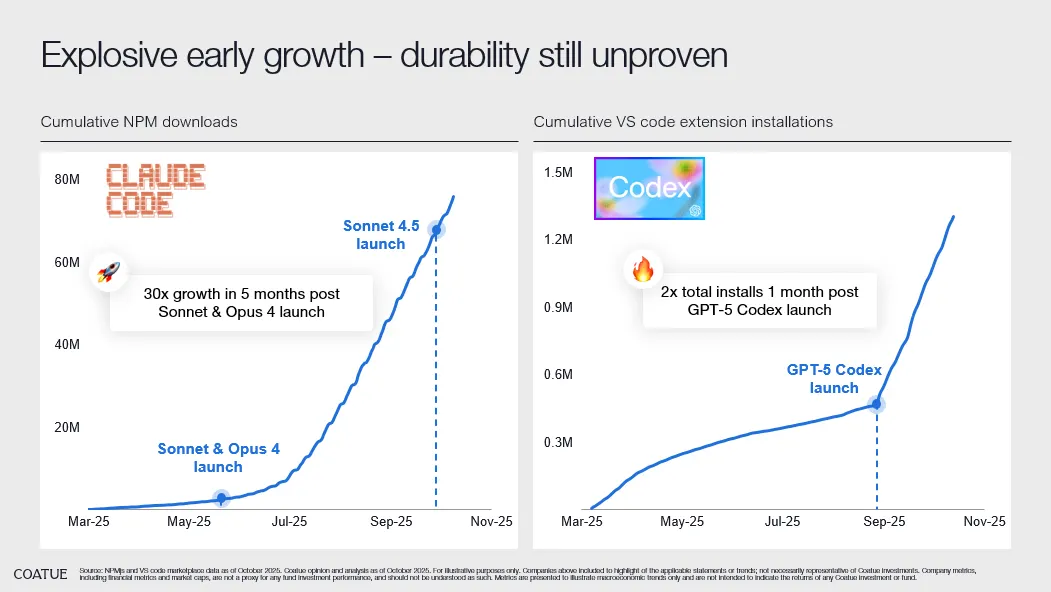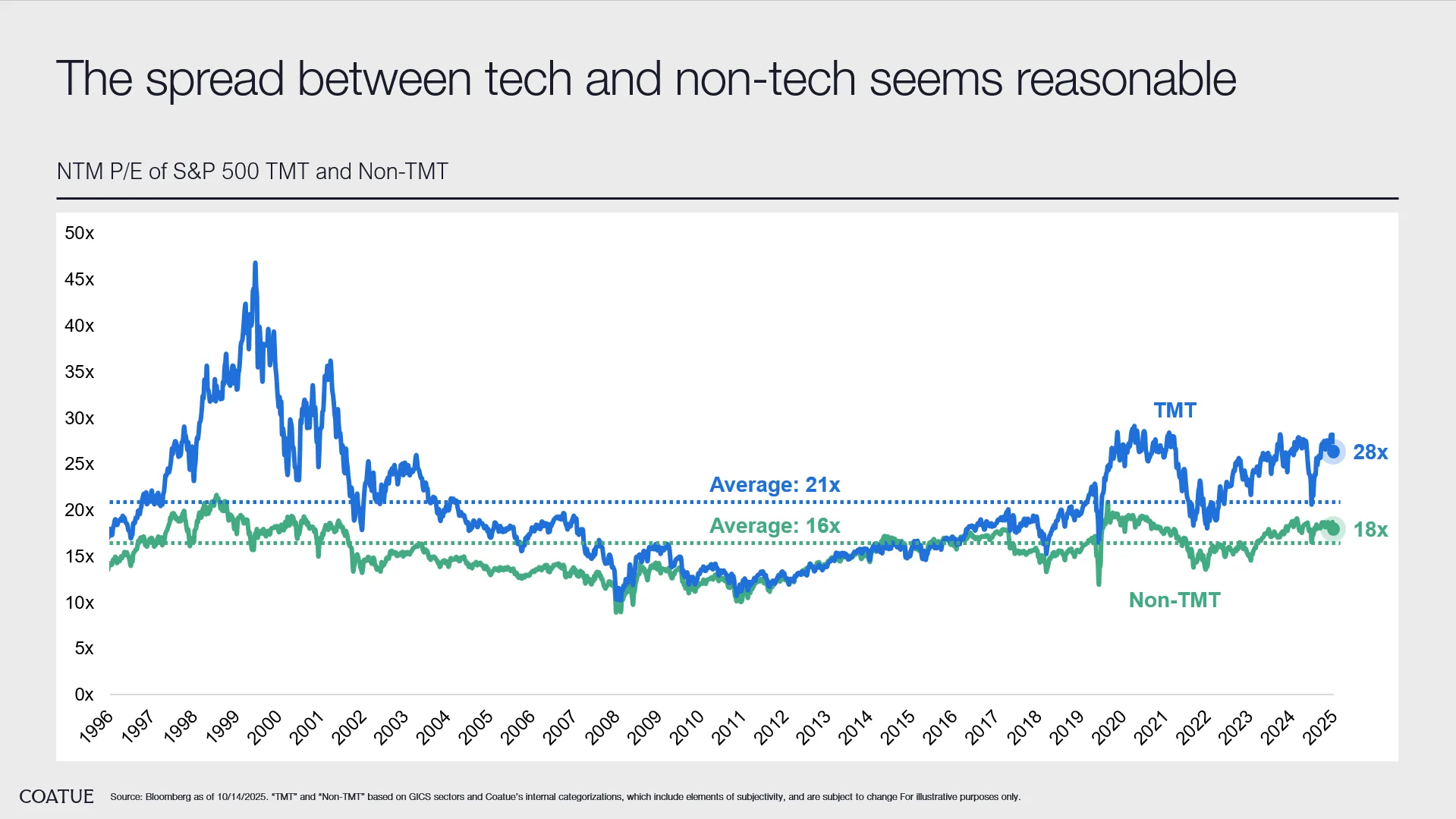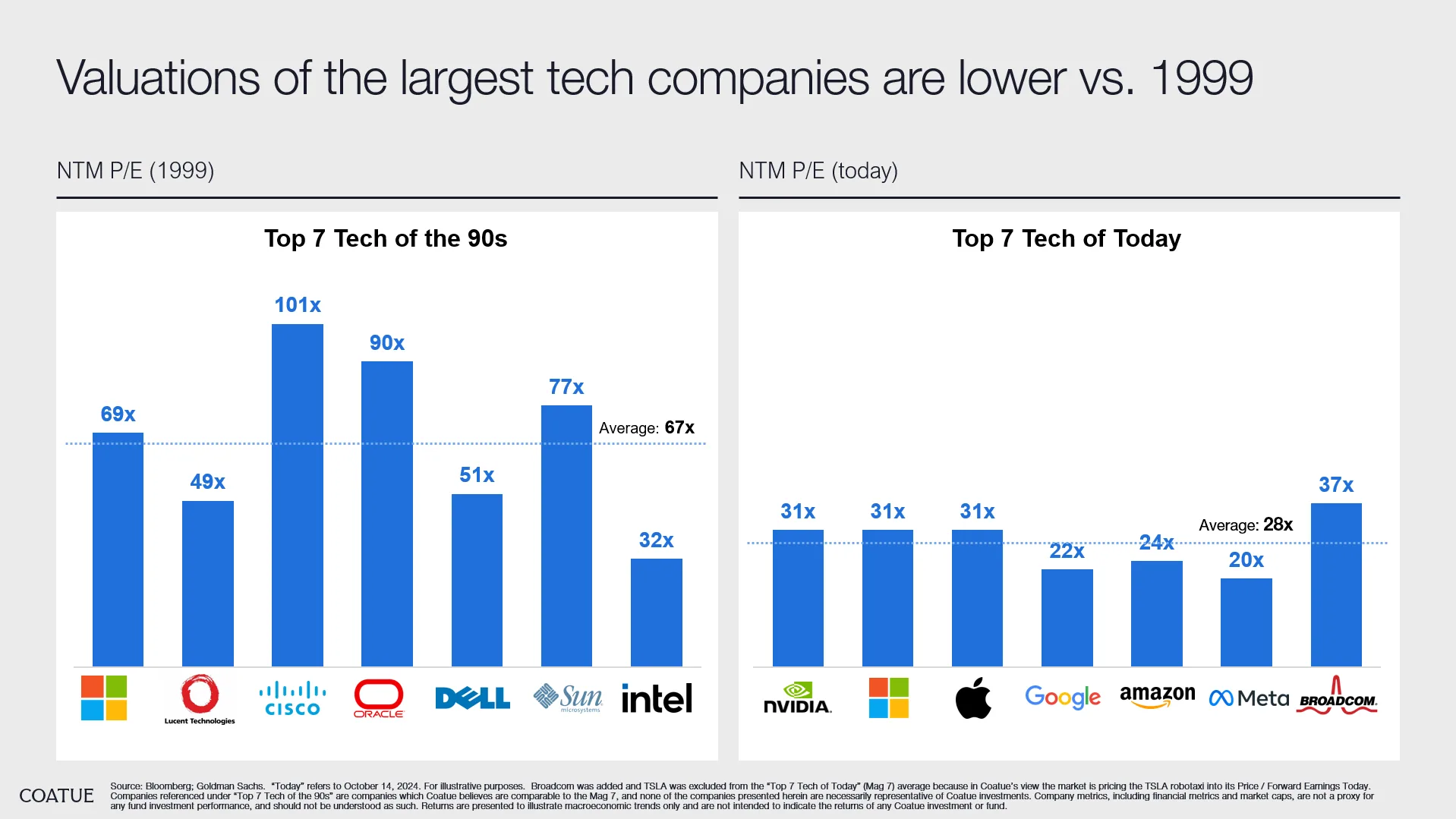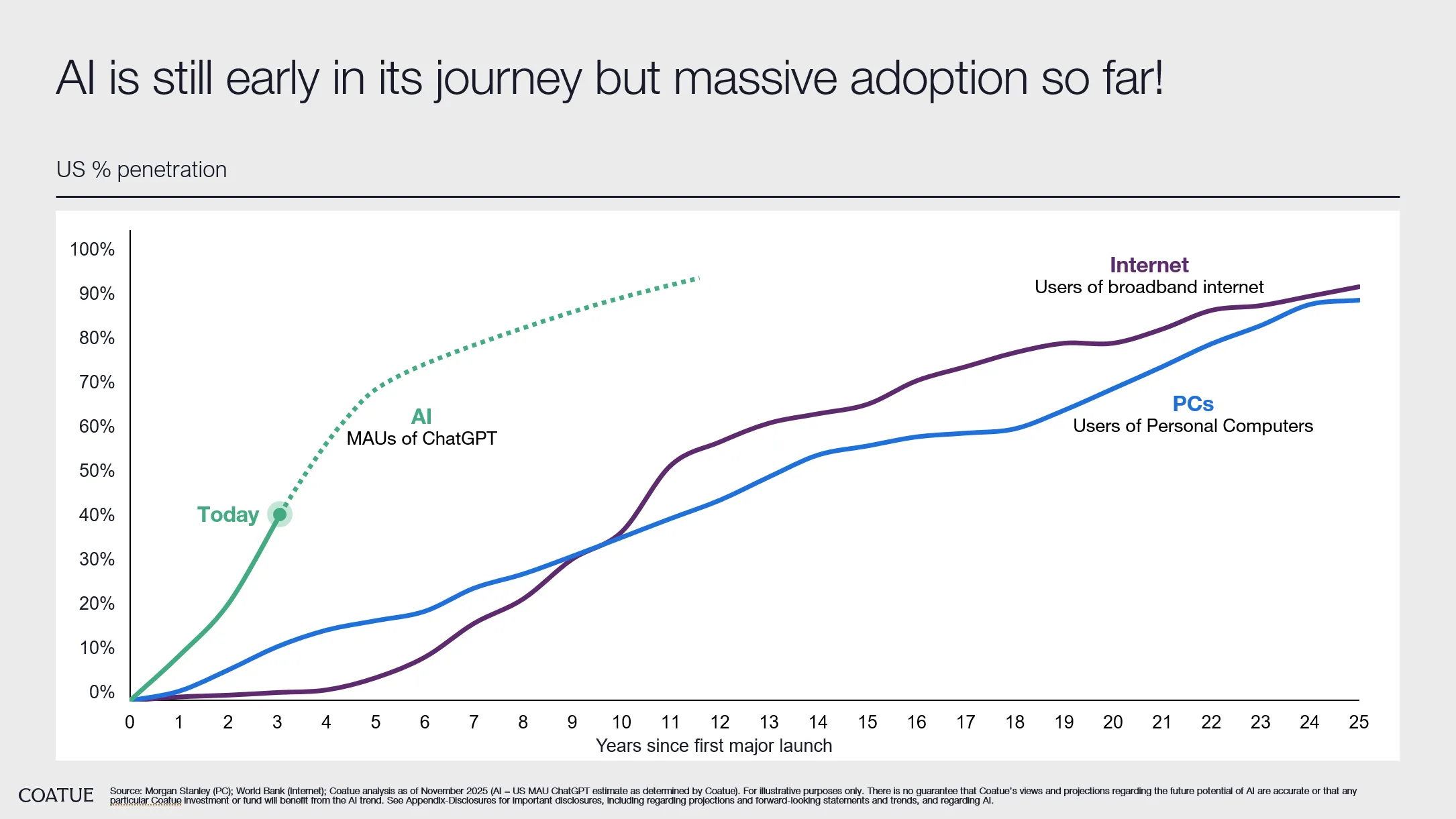
When private multiples are lofty, the right question isn't "Is the price high?" but "Is the growth durable?"
The chart above shows adoption and usage growth for two code-first models:
Claude Code (Anthropic) —> 30x growth in NPM downloads over the past five months
Codex (OpenAI) —> 2x total installs a month after GPT-5 launch
The steep usage curves indicate strong product-market fit for AI coding assistants and agents. By driving 20–40% in developer productivity, these tools justify premium pricing and accelerate seat expansion. The growth reflects compounding improvements in model capability and productization — reasoning, longer task length, agentic workflows — that are already translating into willingness to pay.
If revenue compounds at high rates, today’s 20–40x forward revenue multiples could compress quickly. For example, sustained 70–100%+ growth with improving gross margins can drive a seemingly expensive entry multiple into the single digits within just a few years.
So when we’re asked whether private markets are too expensive, we focus instead on growth and durability. Through that lens, select opportunities with sustained adoption curves can be attractive, even at elevated initial valuations.
For more on this C:\Take, watch Lucas Swisher:









